The events of Christ’s early life, as detailed in the Gospels of St. Matthew and St. Luke, namely his circumcision, Presentation in the Temple, the Flight into Egypt, the return to Nazareth, and the Finding in the Temple are all we know from Scripture about Jesus’ early family life. As we celebrate the Feast of the Holy Family on this Sunday after Christmas Day, it is worth our effort to delve into how the Holy Family’s unique example speaks to our faith and tradition as Christians, including the Early Church. In fact, within recent Church history there has been considerable reflection on the family as the domestic church, as it come to be known.
The concept of the domestic church was promoted by one of the most influential Early Church Fathers, St. John Chrysostom (347-407 A.D.); and as bishop in Antioch, he spoke often of micro or mini churches in the family setting of the home. He based this teaching on St. Paul’s account written in St. Luke’s Act’s of the Apostles about Priscilla and Aquila witnessing to the Church being manifest in their home, as well St. Paul’s more important reference to Christ as groom and the Church as his bride. Before becoming a bishop at Antioch, he had been a monk; and he taught that the domestic church and the family unit should be modeled after those living in a religious community: husband and wife as community should pray together, discuss Holy Scripture together, attend church together, and teach their children in the faith together. They should also do works for the larger Church community and provide charity for the poor. For St. John Chrysostom two types of action make families and homes churches: prayer and the centrality of Holy Scripture. To ground this perspective in Holy Scripture he cites the well-known passage from St. Matthew (18:20): “For where two or three are gathered in my name, I am there among them”. St. John Chrysostom wrote and preached extensively about the critical role of the family and marriage within the life of the Mystical Body of Christ, the Church; and he was well aware of the Holy Family as the model for this paradigm.
How does the model of the Holy Family of Jesus, St. Mary, St, Joseph, and the contributions of St. John Chrysostom inform our own lives as members both of a nuclear family and the larger family of the Mystical Body of Christ, the Church? In what ways is it meaningful and important? At the very least it should cause us to reflect on our own families and how we are living into the upward call of our faith and witnessing our faith to our families. If we are challenged by the shortcomings of a domestic church dimension of our life in Christ, what can we do about it? Further, the Holy Family faced adversity in threatening ways, even to fleeing to Egypt for their safety. Often our families confront difficult, even tragic circumstances. What can they learn from us and our faith during such difficult times? Prayer, Holy Scripture, and the Holy Spirit are ours to appropriate to help us answer these questions; and our faith will grow and be strengthened as a result of honoring and meditating on the Holy Family.

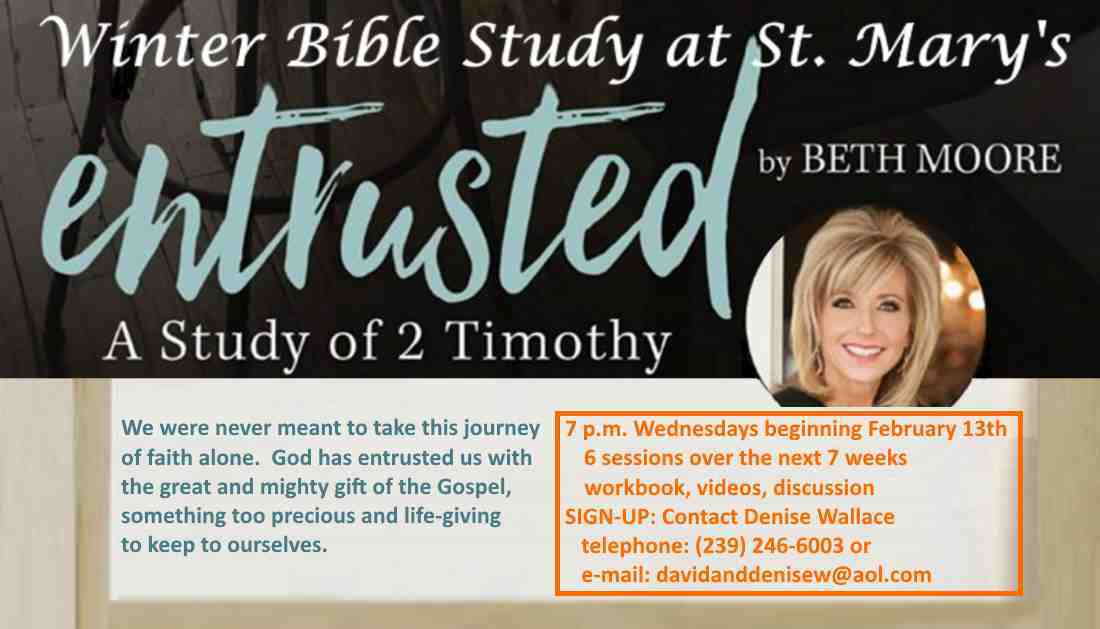
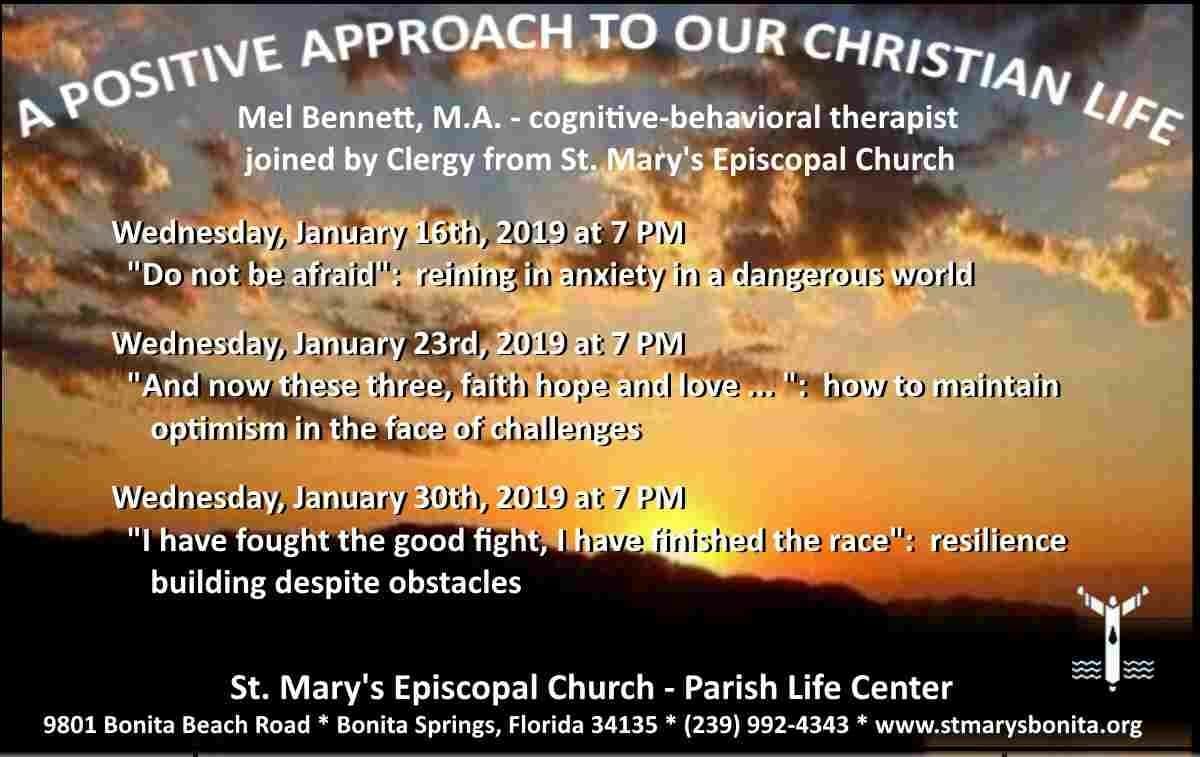
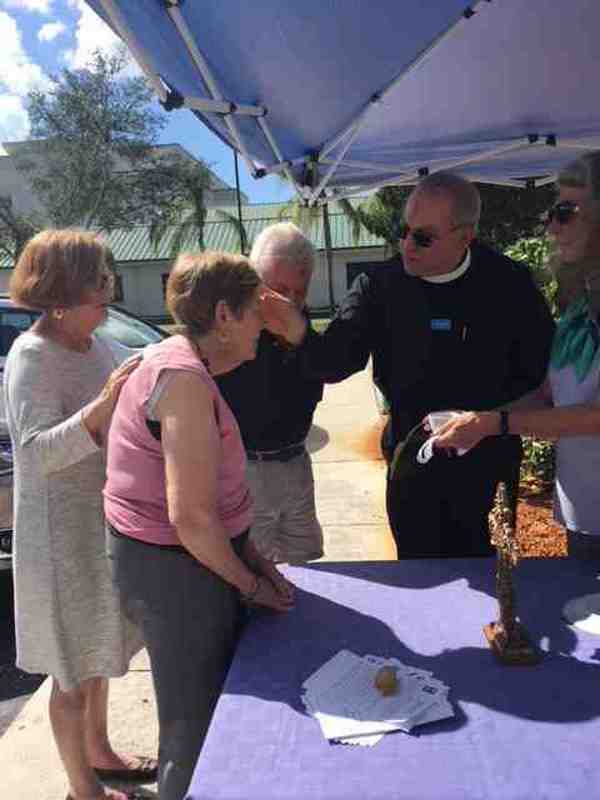

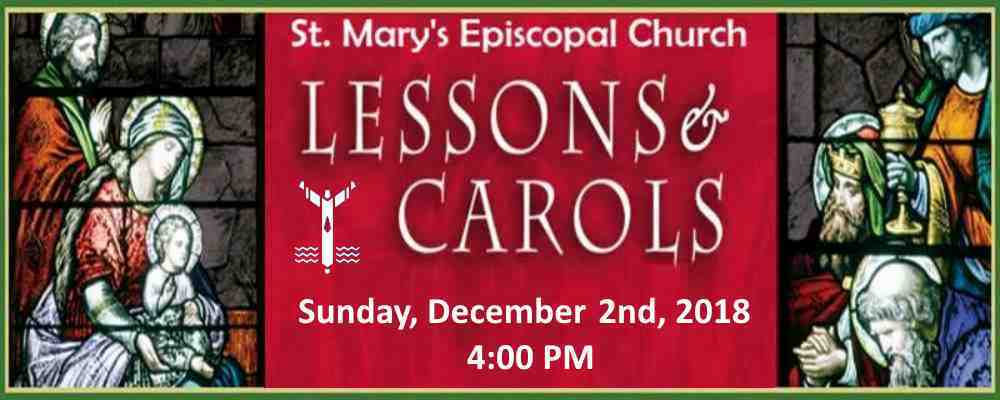
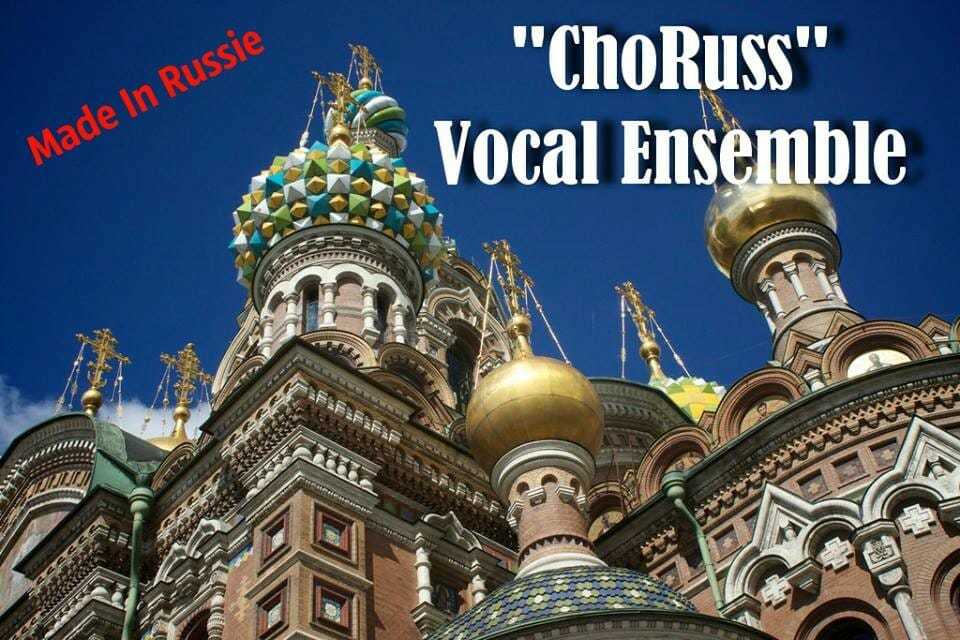
Leave A Comment